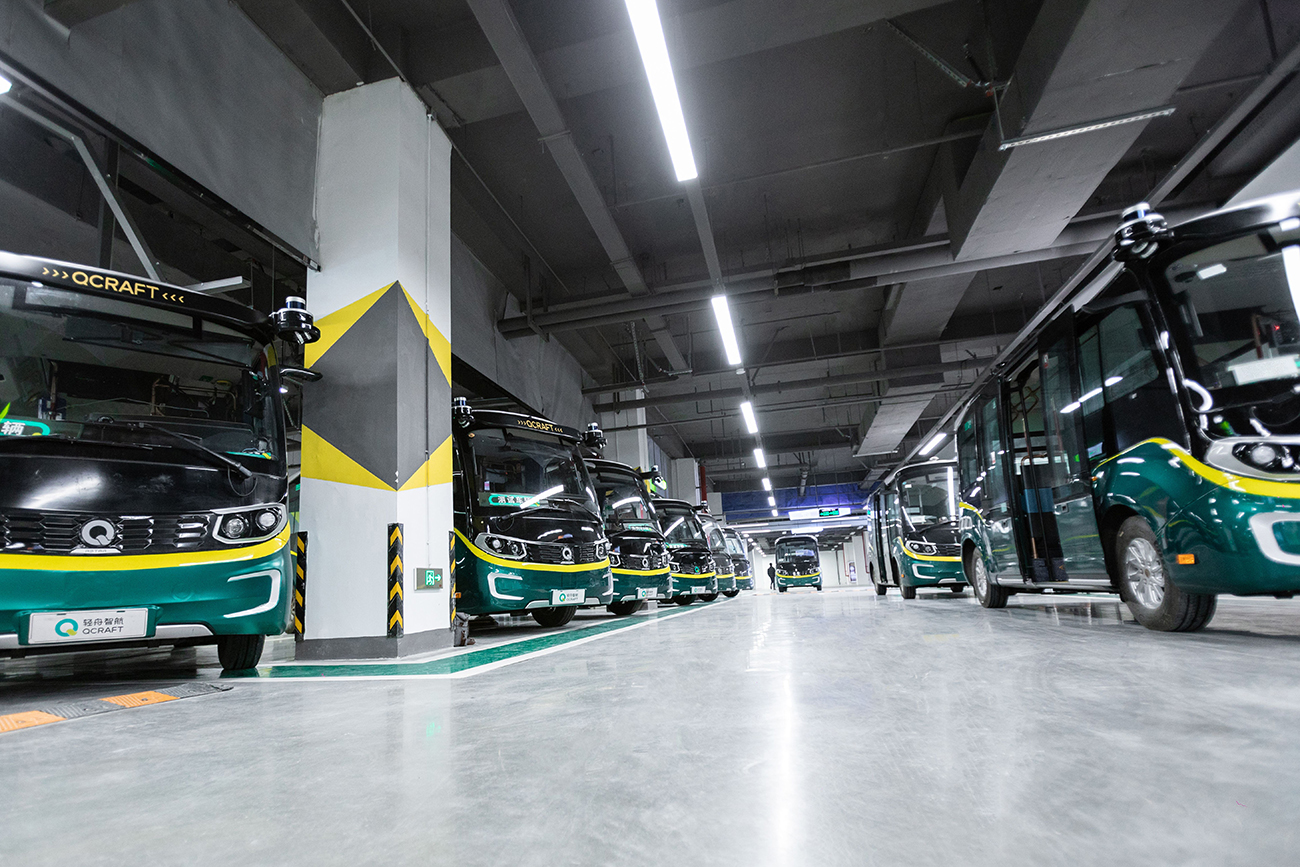In March 2019, four Chinese technical experts from Waymo established a self-driving company called QCraft in Silicon Valley, aiming to develop L4 self-driving solutions for complex urban environments.
Entering the self-driving race in 2019 may seem late, as there are already giants like Waymo and Cruise in the US, and powerful competitors in China, such as Baidu Apollo, Pony.ai, Xiaoma Zhixing, and Valeo.ai, as well as pioneers in the freight sector like TuSimple and Plus.ai.
After the tough competition in the self-driving field, it is believed that only up to three players can survive. Companies entering the market in 2019 either have abundant funding and traffic like Didi, or have a deeper understanding of the autonomous driving business and open up high-potential niche scenarios like QCraft, instead of focusing on capital-intensive areas like Robotaxi or low-speed unmanned logistics, or enclosed scenarios, which are easier to achieve profitability.
QCraft belongs to the latter, as they did not start with Robotaxi, which is well-funded by capital, nor did they begin with low-speed unmanned logistics, which faces the fewest technological barriers, or with enclosed scenario, which is easier to achieve profitability. Instead, they took a unique approach by using Robotaxi technology to develop RoboBus for the unmanned public transportation scene. In October 2020, QCraft landed in the first 5G unmanned public transportation operation in China’s Suzhou Xiangcheng District.
ByteDance, as one of the top 10 Chinese technology and internet companies, also comes late to the self-driving field. ByteDance is arguably the coldest among them. According to the professional patent search website, Smart IP, ByteDance has only 34 patents in the field of automobiles, making it truly an “automotive novice.”
Recently, rumors have spread that ByteDance has invested in QCraft, but neither party has confirmed it. If it is true, this will be ByteDance’s first foray into the self-driving field.
Why did ByteDance choose QCraft? What are QCraft’s technical highlights? With these questions in mind, we headed to Suzhou Xiangcheng District to experience QCraft’s RoboBus-Longzhou ONE.
High operational efficiency and easier consumer acceptance are the advantages of RoboBus.Taking a high-speed train from Shanghai Hongqiao to Suzhou North Station only takes about 25 minutes. As you enter the high-speed new city, you can clearly feel the youth and vitality of this district. Rows of high-rise buildings are interspersed with construction cranes, the roads are wide, but traffic is light.
Going back three or four years ago, this place was still a large area of wasteland. The high-rise buildings and wide roads we see today were built only in the past two years, and therefore, the infrastructure has not kept up. Many office workers in surrounding office buildings still need to travel far to centralized commercial areas for lunch. When we arrived at the high-speed new city, it was just before and after lunch, so we were fortunate enough to experience the “lunch peak” of the RoboBus from QZ Intelligent Navigation.
According to the engineer from QZ Intelligent Navigation who was with us, many office workers in the buildings along the route choose to take the RoboBus to the commercial area. Users can view the real-time location and arrival time of Robobus through the mobile app and arrange their departure time reasonably, which is relatively efficient.
QZ Intelligent Navigation has an experience route in the Suzhou high-speed new city, which surrounds Suzhou North Station and is approximately 4 kilometers long, with a total of 5 bus stops. During the experience, we also encountered situations such as close cuts from other vehicles and turning right at the same time as turning left by other vehicles, but the system handled them quite gently. The vehicle’s speed is within 50 km/h throughout the journey, which is the general speed for L4-level vehicles. It may feel a bit slow for a Robotaxi, but it is just right while riding on a bus.
There are ten seats available inside the Longzhou ONE. To satisfy the curiosity of passengers about autonomous driving, a display screen is installed behind the driver’s seat, which shows the high-precision map and real-time road environment sensed by the sensors and V2X devices. The screen also displays station information and real-time footage from the driver’s cab. Unfortunately, there is currently no vocal station reminder in the vehicle, and the overall UX design has not yet been started.In terms of riding experience, the Dragon ONE has more noticeable shaking when braking and turning, but people’s inherent impression of buses is that they are not comfortable enough, so they will not feel the difference in experience between manual driving and AI driving.
The Dragon ONE relies on two Velodyne 40-line LiDARs from Hesai Technology, three short-range blind zone LiDARs from Ouster, two cameras, high-precision positioning and mapping, as well as V2X signal interaction (V2X devices on the road have been covered by permissions within the Dragon ONE operating route). This set of systems is very concise, and because Bus production is all on an order basis, this provides more convenient conditions for automatic driving transformation.
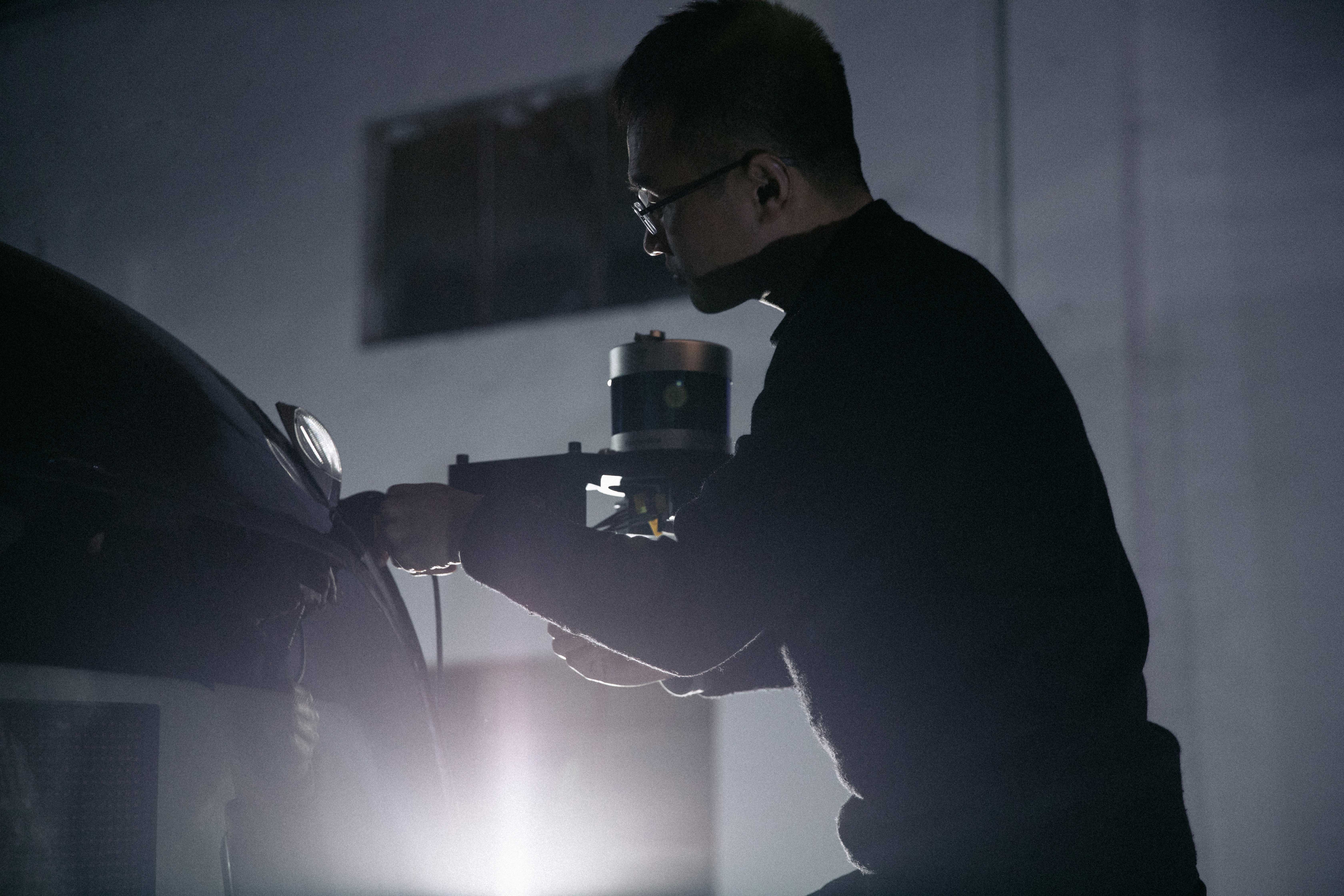
Lingzhi Zhixing proposed design requirements during the vehicle customization phase, so the Bus factory has already prepared the pre-embedded wiring harness and sensor devices, and only one engineer needs five working days to complete the modification and calibration work. It can be put into operation quickly, and this efficiency will be more than twice as fast as normal Robotaxis. As the number of minibuses deployed increases, this time will be further shortened.
Missing the window, seizing the opportunity
On the last day of 2020, the Ministry of Transport issued the “Guiding Opinions on Promoting the Development and Application of Road Transport Automated Driving Technology”, which encouraged the promotion of automatic driving in urban buses and road passenger transport scenarios. Lingzhi Zhixing, which was deployed to RoboBus, accurately seized the policy opportunity.
The automatic driving on fixed routes will be simpler in terms of scenario complexity than Robotaxis in open test areas, and the risk will be smaller. If the road planning is done well, the safety of RoboBus operations will be very high. Take Suzhou High-Speed Rail New City as an example. The Dragon ONE operating route has already installed V2X devices, allowing vehicles to obtain more comprehensive road information, and through roadside edge computing, share the perception and computing requirements of the vehicle end.
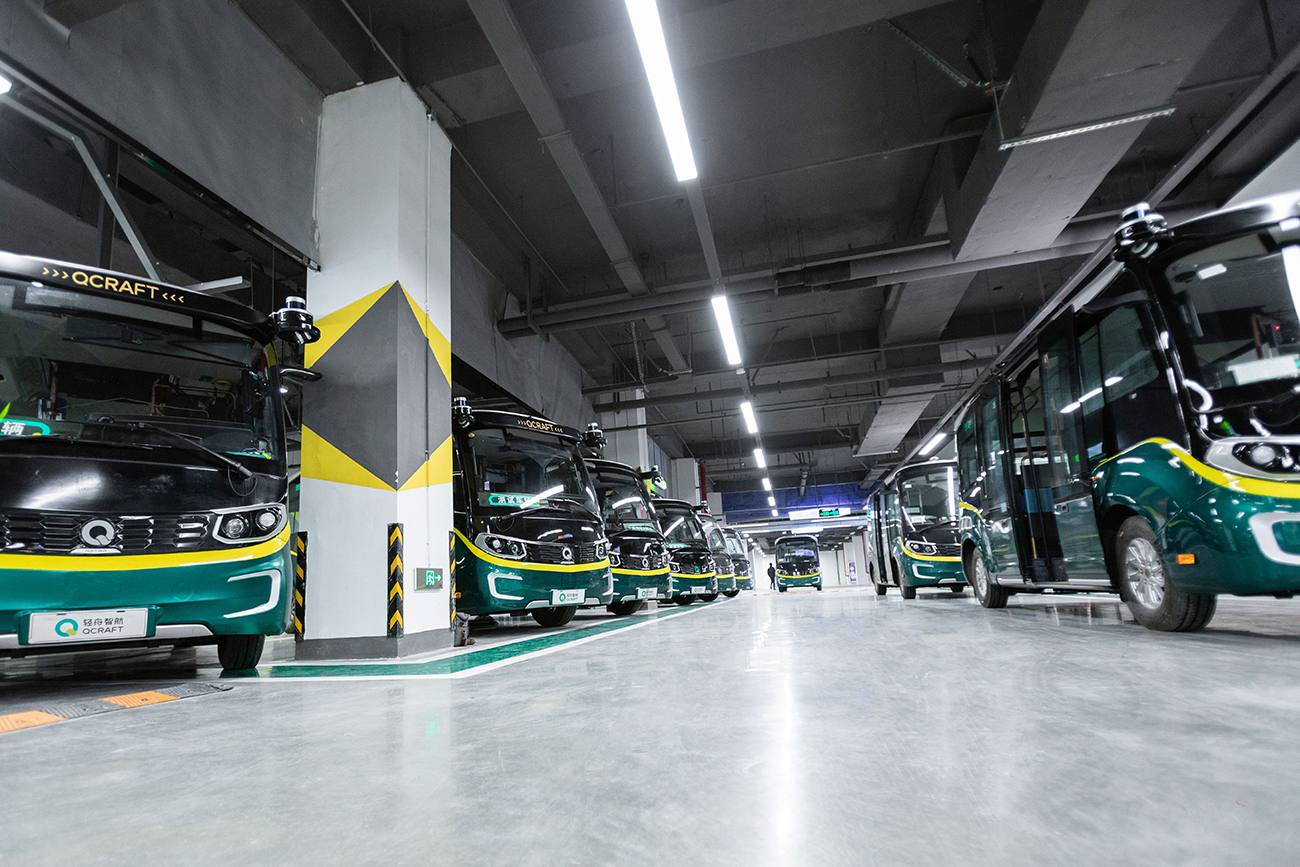
What is interesting is that at the intersection of the High-Speed Rail New City, a terrifying “running the red light exposure” device has been installed. If a driver runs a red light, the roadside camera will take a close-up photo which will be continuously displayed on the screen of the red light for 48 hours. Although this approach is somewhat aggressive, it does indeed help to reduce the risk of pedestrians and vehicles running red lights for RoboBus.Currently there is no dedicated bus lane in the high-speed rail new city. If a dedicated bus lane is added or it is developed into a BRT rapid transit, the urban bus scene will become closer to a closed environment. In this scenario, implementing autonomous driving technology would be less difficult and risky, and achieve unmanned operation quickly.
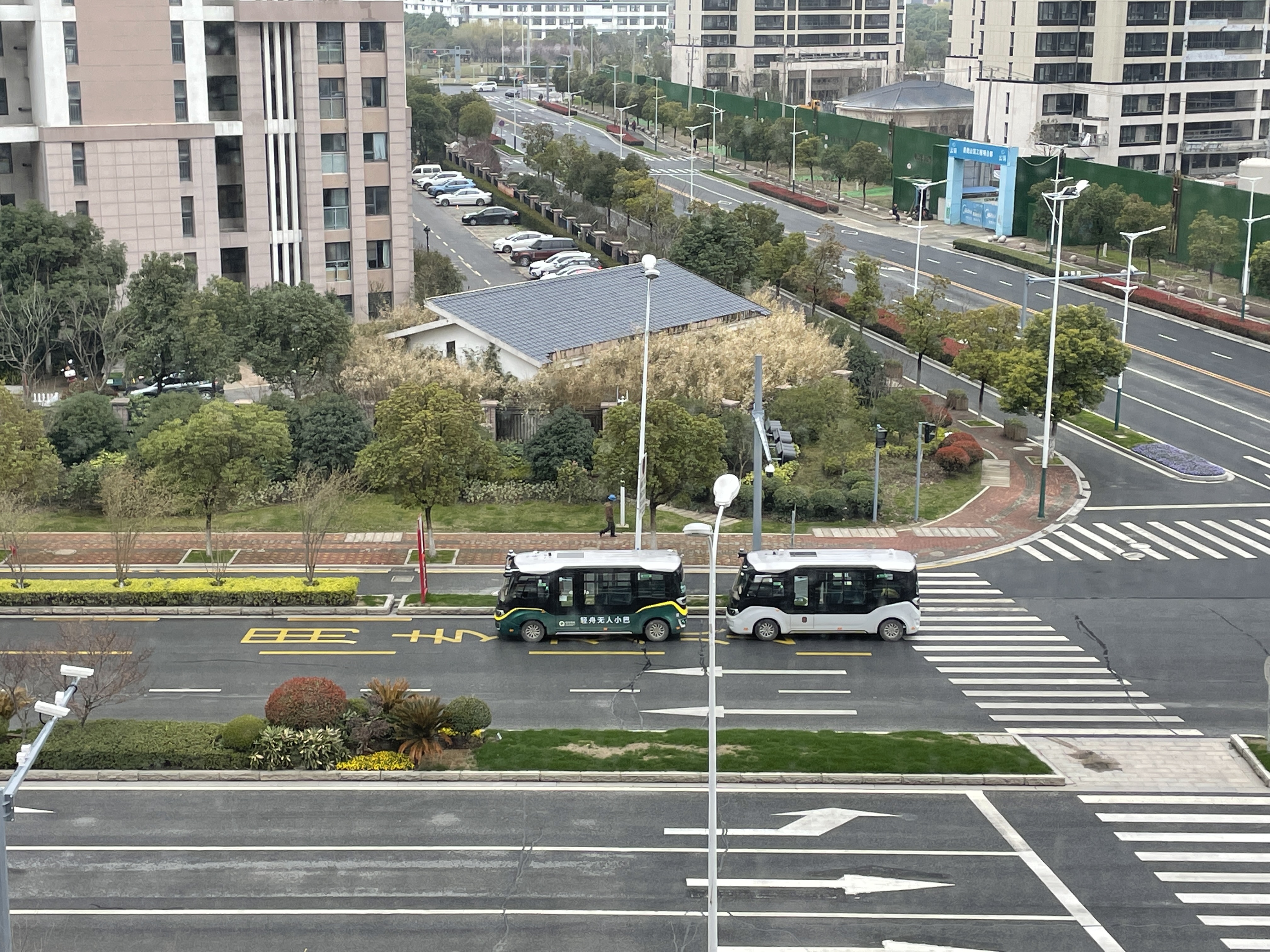
Lower scene complexity brings lower computing power and perception requirements. RoboBus’s intelligent hardware retrofitting cost is much lower than that of Robotaxi when combined with the perception computing capability of V2X at road intersections. Robotaxi’s retrofitting cost currently stands at about 600,000 yuan, which increases the difficulty of its promotion. The RoboBus has a cost advantage, which means it has more advantages in promoting its popularity.
According to Qingzhou Zhihang, the operator of the high-speed rail new city will indirectly bear the intelligent retrofitting cost and vehicle purchase cost of Dragon Boat ONE through procurement, allowing Qingzhou Zhihang to use more funds for research and development and improving operation level.
The Next Step: Removing Safety Operators and Expanding Landing Scenarios
To truly commercialize autonomous driving, safety operators must be removed. One advantage of autonomous driving buses over regular buses is the liberation of drivers and the reduction of labor and safety risks associated with human drivers.
According to Qingzhou Zhihang engineers, the Dragon Boat ONE landing in Suzhou and Shenzhen is still testing and optimizing autonomous driving algorithms, so the steering wheel and accelerator and brake pedals are retained and equipped with safety personnel who can take over at any time. This approach allows the vehicle to have greater reaction space to complex road environments and is more conducive to mining long-tail scenarios.
As technology gradually matures and regulations gradually relax, Qingzhou Zhihang will remove safety operators in the future. Although the safety operator will be removed, the RoboBus by Qingzhou Zhihang will still retain the steering wheel and accelerator and brake pedals for network security considerations.
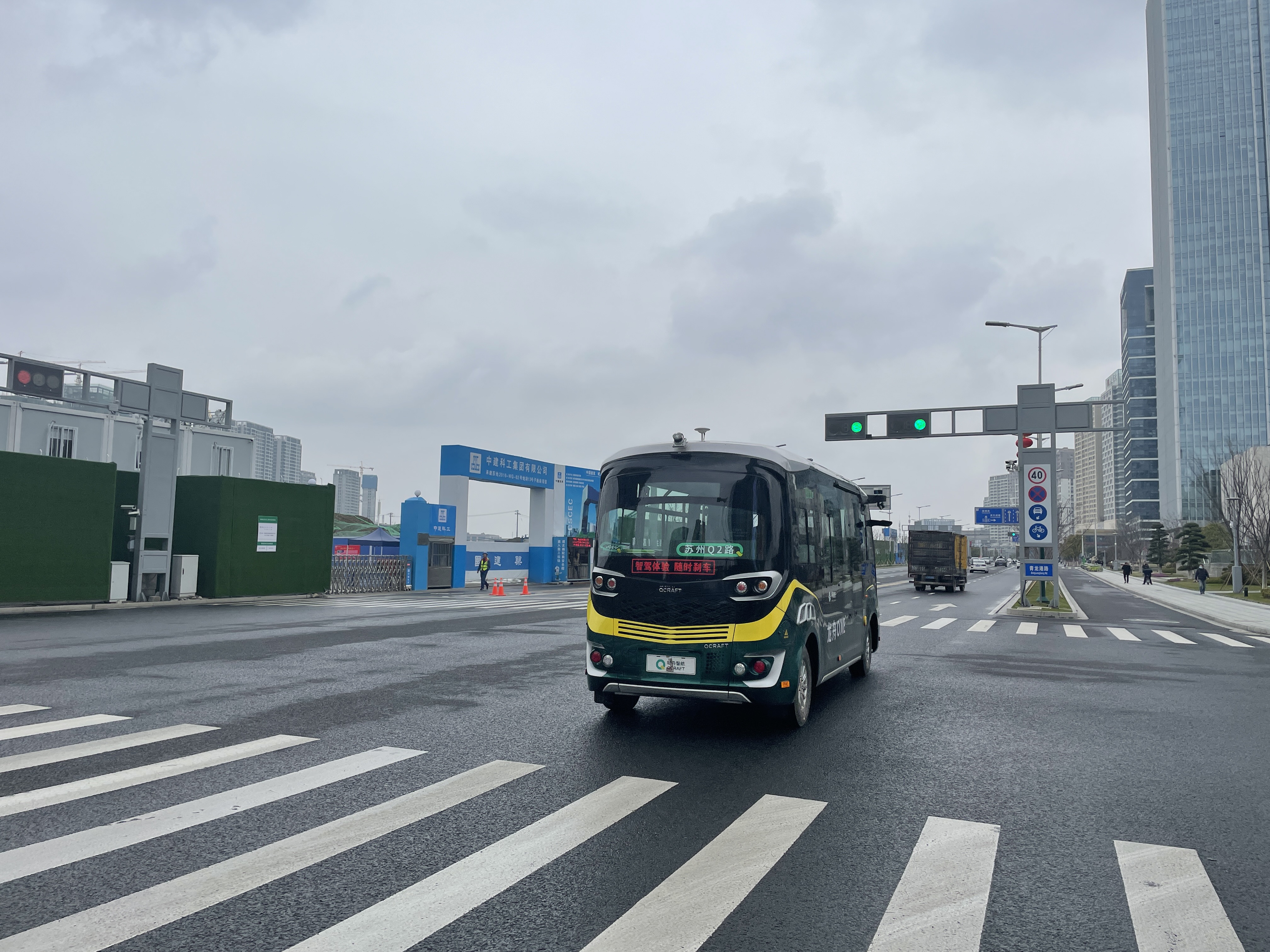
At present, many autonomous driving vehicles that have removed the steering wheel will use remote control as redundancy for convenience in dispatching and coping with extreme scenarios. Once the control of the vehicle is uploaded to the network, it will face network security risks as once hackers compromise it, they can remotely hijack the bus.The engineer of QZ Robot stated that the safest approach is to keep control locally, with cloud-based remote monitoring but without granting remote control privileges. During normal operation, the connection between steering, throttle, brakes and line control can be disconnected, and control can be restored only when manual control is needed. If the cloud-based monitoring detects any safety risks, such as vehicle sensor malfunctions, it can issue instructions to stop at the side of the road. In other words, the cloud-based platform only has the authority to monitor risks and issue clear instructions to address those risks, but cannot directly control the vehicle. Even if it is hacked, the safety risks of passengers on board cannot be affected.
In addition to removing the driver, expanding the autonomous driving capabilities to more application scenarios is also the next step for QZ Robot. In addition to the current urban microcirculation buses, QZ Robot plans to launch subway shuttle lines, expressway buses, park commuting shuttles, and park sightseeing buses. These scenarios have high-frequency demands and low complexity, and offer great imagination space.
As autonomous driving gradually matures, the landing scenarios are becoming more diverse. However, rationally, realizing 100% safe autonomous driving on open city roads is still a long way off. The development of autonomous driving is like the charging curve of a battery. At the current stage, each autonomous driving company has actually solved 90% of the technical problems, but it will take several times the time and resources to solve the remaining 10%.
When the technology still cannot serve all scenarios, landing in certain scenarios with lower implementation difficulty and lower risk is necessary to achieve the maximization of technological value. The fixed-route RoboBus that is deeply cultivated by QZ Robot is currently the scene where autonomous driving can best show its capabilities. At least in the near future, we might be able to see real unmanned BRT rapid transit, becoming a daily commuting tool for countless office workers. This is probably the logic behind ByteDance’s investment in QZ Robot.
This article is a translation by ChatGPT of a Chinese report from 42HOW. If you have any questions about it, please email bd@42how.com.
